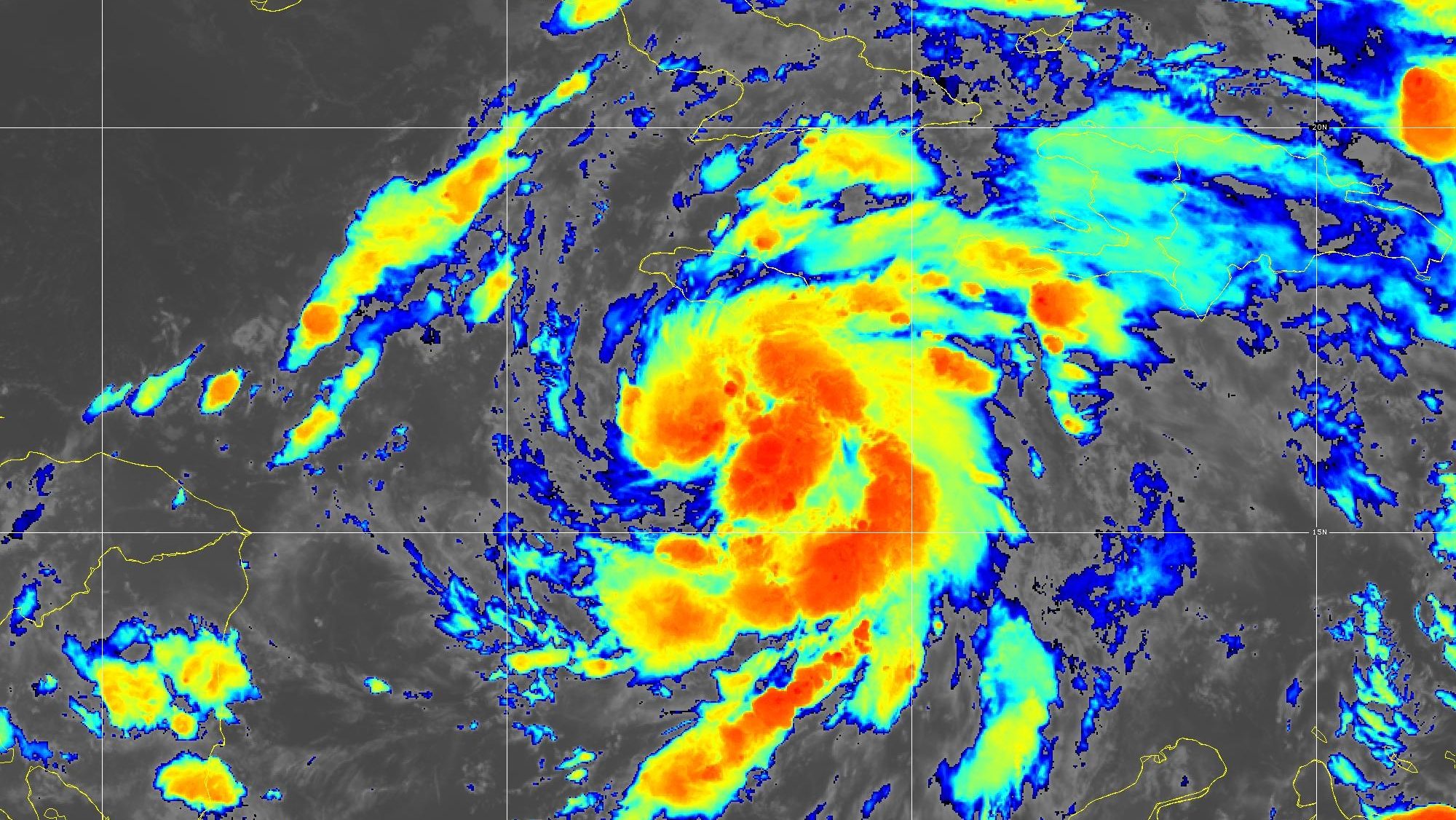A viral outbreak in China became the defining issue for the past two years. The coronavirus is the latest example of a trend the scientific community says could get worse. NBC 6 went behind the scenes at a Florida Research lab looking for treatments and developing vaccines to find out why more outbreaks are expected in the future.
It comes down to two main reasons: global commercial travel and climate change.
Scientists at Cleveland Clinic’s Florida Research and Innovation Center try to get ahead of "emerging viruses."
Dr. Michaela Gack, PhD, leads a team of around forty at the Port St. Lucie location, hoping to ramp up to one hundred next year. One of their specialties is looking at how zoological viruses - viruses from animals to humans - spill over and impact human cells.
The Hurricane season is on. Our meteorologists are ready. Sign up for the NBC 6 Weather newsletter to get the latest forecast in your inbox.
The lab goes up to Biosafety Hazard three, a level needed to house specimens of COVID-19. Researchers are trying to find out why different people have such different reactions to the virus, from loss of taste to visits to the emergency room. Here PhD scientists use imaging microscopes to see how viruses move around and inside human cells.
Their work centers on developing vaccines and treatments after studying what the virus does to the body.
“It’s hard to predict when and which virus. This is hard but there will be more outbreaks and maybe also more pandemics,” Dr. Michaela Gack said.
Local
Climate change is driving animals and insects to different habitats across the globe, at times bringing them in contact with humans. Viruses then have an easier time jumping from animals and insects to humans.
“One example is mass deforestation, which can for example displace certain bat species. So they migrate to smaller villages and towns, who are now in contact with humans. Otherwise they might not have been in contact ever with humans,” said Dr. Gack.
Deforestation driven bats to new places is one theory scientists believe is behind the 2014 Ebola outbreak.
Bats, rodents, ticks, and mosquitoes are creatures of viral concern according to Dr. Gack. The last two, ticks and mosquitoes, are more likely to impact Florida and North America.
The World Economic Forum cites a study showing mosquitos could reach another billion people as the climate warms by 2080, carrying such viruses as malaria, dengue, yellow fever, west Nile, and zika.
Studies showing tick movement throughout North America also worries scientists including Dr. Gack.
National, state-based, and regional public health measures will likely be more common as international travel continues to increase, cities continue to grow, and modern day living takes over wild uninhabited areas.
Just last week the U.S. banned travel from eight African countries because of the latest variant of the coronavirus, Omicron.
“Certainly human behavior in the modern lifestyle contributes to an increased risk of viral outbreaks and pandemics. One thing is travel. Also, just the higher world population,” said Dr. Gack.
One key issue researchers at the Florida Research and Innovation Center are trying to find is somewhat of a base treatment for different families of viruses so researchers don’t have to start from scratch every time a new virus emerges. The team recently received a grant from the National Institutes of Health for the project.



